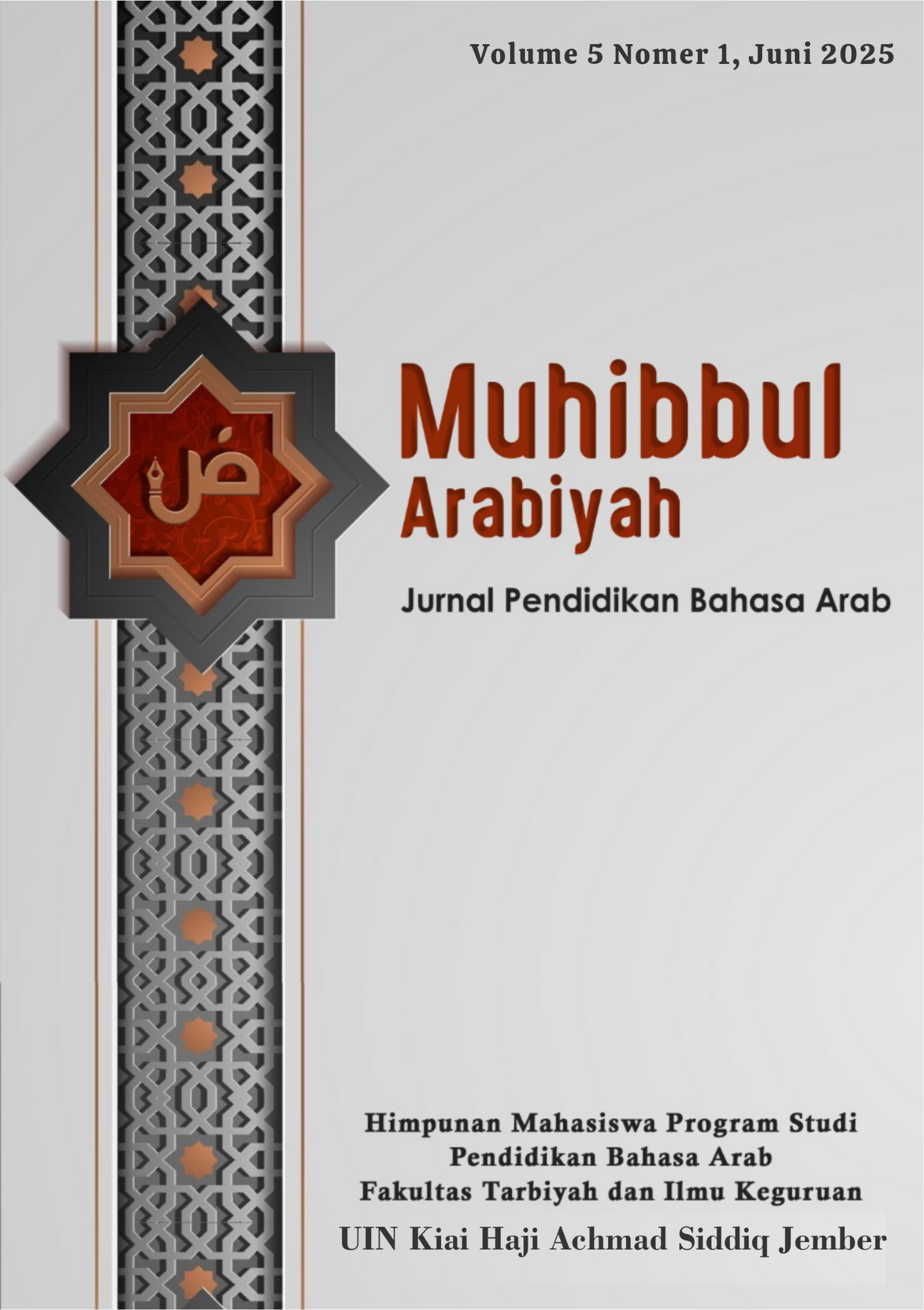Rekontekstualisasi Peran Tata Bahasa dalam Akuisisi Bahasa Kedua: Telaah Kritis Teori Monitor Krashen
DOI:
https://doi.org/10.35719/pba.v5i1.179Keywords:
Monitor Theory, second language acquisition, grammar, conscious learning, meaningful inputAbstract
This article revisits the role of grammar in second language acquisition through a critical approach to the Monitor Theory developed by Stephen D. Krashen. This theory positions grammar as an aid or monitor in the language learning process, not as the primary focus of acquisition. Using a literature review method, this article analyses Krashen's views and compares them with contemporary theories and empirical findings from experts such as Ellis, Swain, Schmidt, and Lightbown & Spada. The results of the study indicate that although explicit grammar instruction plays a role in improving written accuracy and understanding complex structures, effective language acquisition still depends on exposure to meaningful input (comprehensible input) and the use of language in real communication contexts. Therefore, this article emphasises the importance of a balanced approach between grammar learning and contextual language experience. It is hoped that this article will contribute to the development of a more adaptive language pedagogy that is in line with the needs of today's learners.
References
Bieńkowska, I., & Polok, K. (2019). Teaching English as a Second/Foreign Language to CAPD-Impaired Students. OALib, 06(07), 1–19. https://doi.org/10.4236/oalib.1105511
Burt, M. K. (1975). Error Analysis in the Adult EFL Classroom. TESOL Quarterly, 9(1), 53–63. https://doi.org/10.2307/3586012
Cummins, J., & Swain, M. (1986). Communicative competence: some rules of comprehensible input and comprehensible output in its development. In S. Gass & C. Madden (Eds.). In Input in second language acquisition (1st Editio, hal. 22). Newbury House Publishers.
Doughty, C., & Williams, J. (2000). Focus on Form in Classroom Second Language Acquisition. Studies in Second Language Acquisition, 22(1), 123–124. https://doi.org/DOI: 10.1017/S0272263100281059
Ellis, R. (1995). The Study of Second Language Acquisition. Issues in Applied Linguistics, 6(1). https://doi.org/10.5070/l461005209
Ellis, R., Skehan, P., Li, S., Shintani, N., Lambert, C., Ellis, R., Skehan, P., Li, S., Shintani, N., Lambert, C., Bednarek, M., Levis, J. M., Hyland, K., & Treffers-daller, J. (2019). Task-Based Language Teaching. 2016.
Fotos, & Nasaji. (2011). Teaching grammar in second language classrooms: Integrating form-focused instruction in communicative context (ESL & Applied Linguistics Professional Series), Hossein Nassaji and Sandra Fotos, Publisher: Routlege, ISBN: 978-0-415-80205-5, Pages: 167. Studies in Second Language Learning and Teaching, 1, 453. https://doi.org/10.14746/ssllt.2011.1.3.8
Istiqomah, H., & Al-Badrani, M. J. H. (2020). Characteristic of Teaching Materials for Arabic Reading Skill with Inductive Approach. Izdihar : Journal of Arabic Language Teaching, Linguistics, and Literature, 3(2), 95–112. https://doi.org/10.22219/jiz.v3i2.11193
Jarvis, G. (1985). Fundamental Concept of Language Teaching. Studies in Second Language Acquisition, 7(2), 251–253. https://doi.org/DOI: 10.1017/S0272263100005416
Jegerski, J. (2021). Krashen and second language processing. Foreign Language Annals, 54(2), 318–323. https://doi.org/https://doi.org/10.1111/flan.12557
Krashen, S. D. (1983). Principles and Practice in Second Language Acquisition. In TESOL
Quarterly (Vol. 17, Nomor 2). https://doi.org/10.2307/3586656
Larsen-Freeman, D. (2003). Teaching Language: From Grammar to Grammaring. Thomson/Heinle. https://books.google.co.id/books?id=evbt
Lightbown, P. M., & Spada, N. (2021). How Languages Are Learned 5th Edition. Oxford University Press. https://books.google.co.id/books?id=7GUzEAAAQBAJ
Lyster, R., & Ranta, L. (1997). CORRECTIVE FEEDBACK AND LEARNER UPTAKE: Negotiation of Form in Communicative Classrooms. Studies in Second Language Acquisition, 19(1), 37–66. https://doi.org/DOI: 10.1017/S0272263197001034
Manshur, U. (2017). Teaching Arabic to the Indonesian Student from a Functional Perspecive (Vol. 1). https://doi.org/10.33650/IJATL.V1I1.278
Ridge, E. (2013). R. Ellis: The study of second language acquisition. Per Linguam, 10. https://doi.org/10.5785/10-1-248
SASAKI, M. (2007). Effects of Study-Abroad Experiences on EFL Writers: A Multiple-Data Analysis. The Modern Language Journal, 91(4), 602–620. https://doi.org/https://doi.org/10.1111/j.1540-4781.2007.00625.x
Schmidt, R. W. (1990). The role of consciousness in second language learning. Applied Linguistics, 11(2), 129–158. https://doi.org/10.1093/applin/11.2.129
Truscott, J. (1996). The Case Against Grammar Correction in L2 Writing Classes. Language Learning, 46(2), 327–369. https://doi.org/https://doi.org/10.1111/j.1467-1770.1996.tb01238.x
Zed, M. (2008). Metode Penelitian Kepustakaan. Yayasan Pustaka Obor Indonesia. https://books.google.co.id/books?id=zG9sDAAAQBAJ
Downloads
Published
How to Cite
Issue
Section
License
Copyright (c) 2025 Anang Fajar Hasbi, Nurjannah Kasmilah, Muhammad Farkhan, Vina Navirul Ummah

This work is licensed under a Creative Commons Attribution-ShareAlike 4.0 International License.











 : +62 85230451665
: +62 85230451665